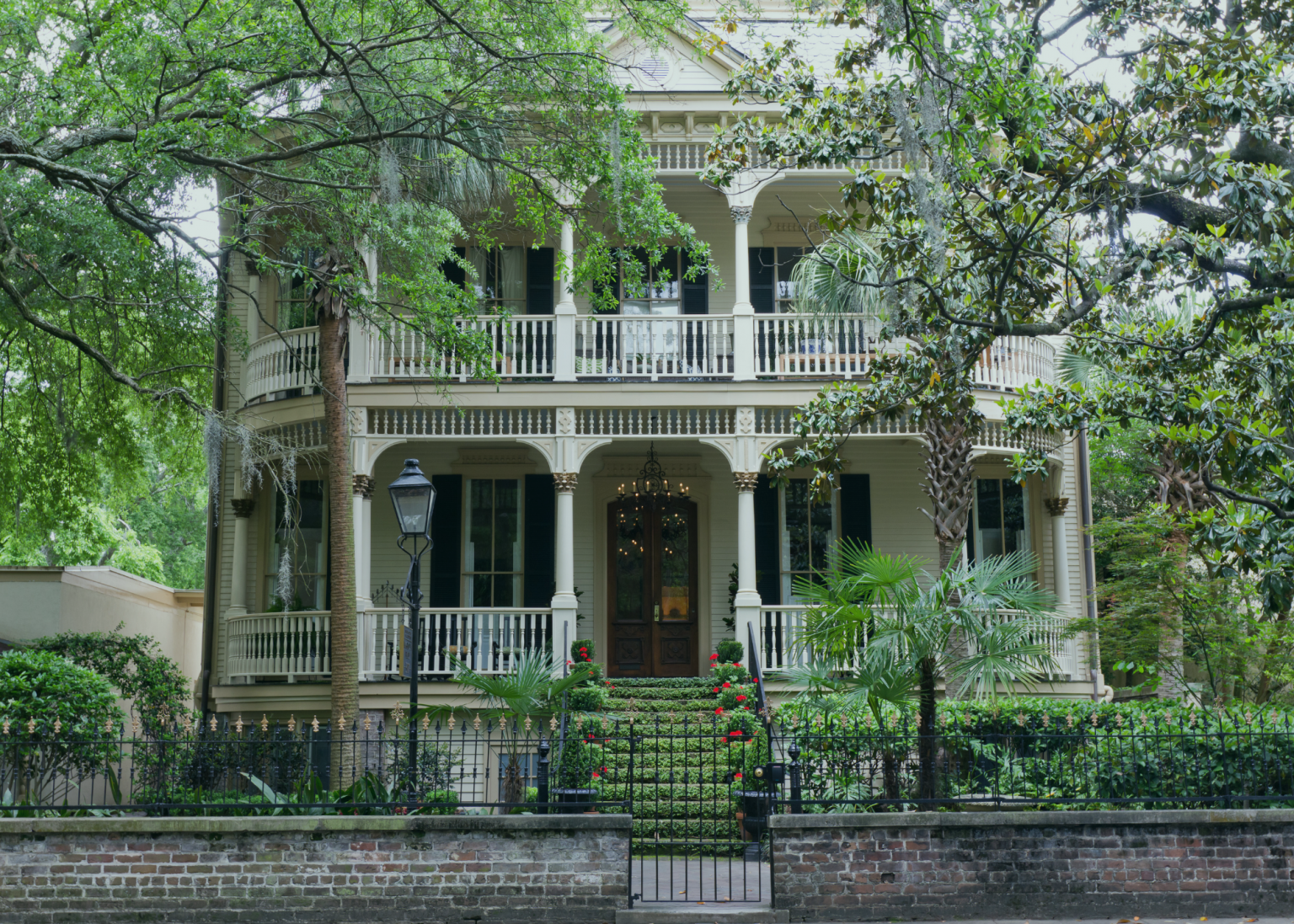Key Takeaways
-
Historic homes must meet specific age and architectural criteria to qualify for preservation status.
-
Renovation restrictions and high maintenance costs can add complexity to ownership.
-
Financing a historic home may require specialized loans like FHA 203(k) or HUD Title I.
-
Tax credits and grants for preservation can help reduce renovation costs.
Buying a historic home appeals to many homeowners seeking character, charm, and architectural craftsmanship. But financing a historic home, complying with historic renovation guidelines, and managing historic home maintenance costs can complicate the dream. If you’re considering this type of property, it’s important to understand the unique benefits and challenges involved.
What Qualifies as a Historic Home?
To be considered historic, a home typically must be at least 50 years old and meet one or more criteria related to design, historical significance, or architectural preservation.
| Historic Qualification Criteria | Details |
| Age | Usually 50+ years old |
| Architectural Significance | Retains original design and craftsmanship |
| Historic Events or People | Connected to notable individuals or moments |
| Location | Within a recognized historic district |
Even if the home is not listed on the National Register of Historic Places, local or state laws may still apply to its preservation.
Benefits of Buying a Historic Home
Owning a historic home goes beyond aesthetics. It can also come with financial and emotional rewards.
Architectural Beauty and Craftsmanship
Historic homes often feature timeless details—think original hardwood floors, crown molding, stained glass, or plaster walls—that are difficult to replicate today.
Tax Credits and Financial Incentives
Federal and state programs may offer historic preservation tax credits, renovation grants, or low-interest home improvement loans, making ownership more affordable.
Pride in Stewardship
Many homeowners enjoy contributing to the preservation of local history and culture. This sense of legacy can make historic homeownership especially rewarding.
Drawbacks to Consider
Despite their charm, historic homes demand careful consideration before buying.
| Drawback | Impact |
| High Maintenance | Older systems may require frequent and costly repairs |
| Renovation Restrictions | Any updates may need local board approval |
| Hidden Problems | Outdated wiring, plumbing, or foundation issues can emerge unexpectedly |
How to Finance a Historic Home
Securing a mortgage for a historic property is possible, but it may involve extra documentation, appraisal challenges, and specialized loan options.
Mortgage Options for Historic Homes
| Loan Type | Purpose |
| FHA 203(k) Loan | Combines purchase and renovation funding |
| HUD Title I Loan | Funds property improvements, even without equity |
| Conventional Loan | Available with stricter appraisal and condition requirements |
Appraisal and Underwriting Considerations
Lenders may require historic appraisals that factor in preservation rules and comparable sales, which can be limited in certain neighborhoods.
Is a Historic Home Right for You?
Here’s a quick look at whether this kind of purchase suits your lifestyle:
| Best Fit For | Not Ideal For |
| History lovers | Renovation freedom seekers |
| Preservation-minded buyers | Buyers who prefer modern materials |
| Buyers with flexible budgets | Those needing turnkey homes |
Preserving the Past with Purpose
Buying a historic home can offer more than just a place to live—it can give you a piece of history to care for and pass down. If you’re ready for the responsibility and excited about preserving architectural heritage, a historic home could be a great fit. Just be sure to review local laws, assess your financing options, and budget for long-term maintenance needs.
FAQs About Financing a Historic Home
No SSN required. Zero impact to credit. Your Information is never sold.
